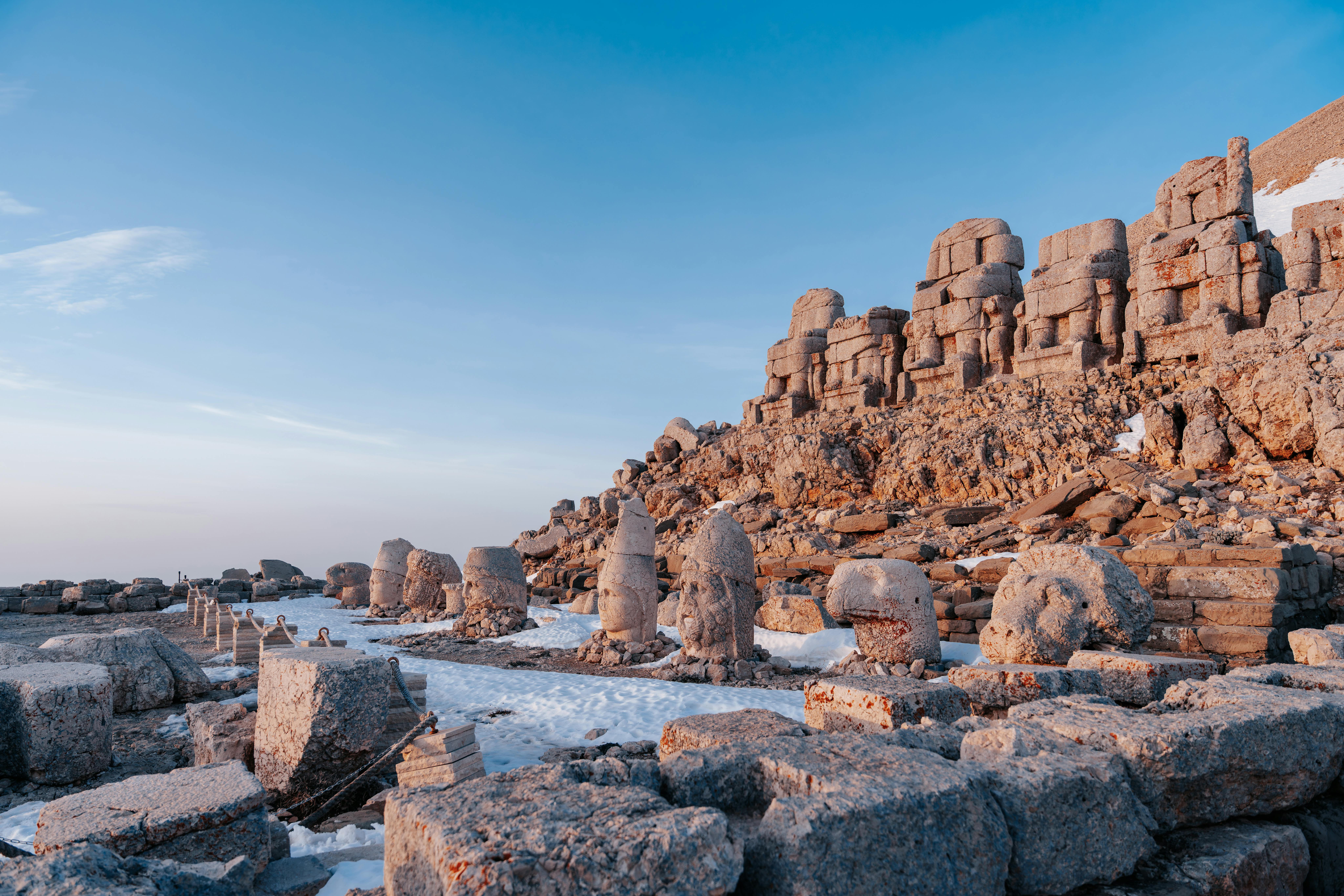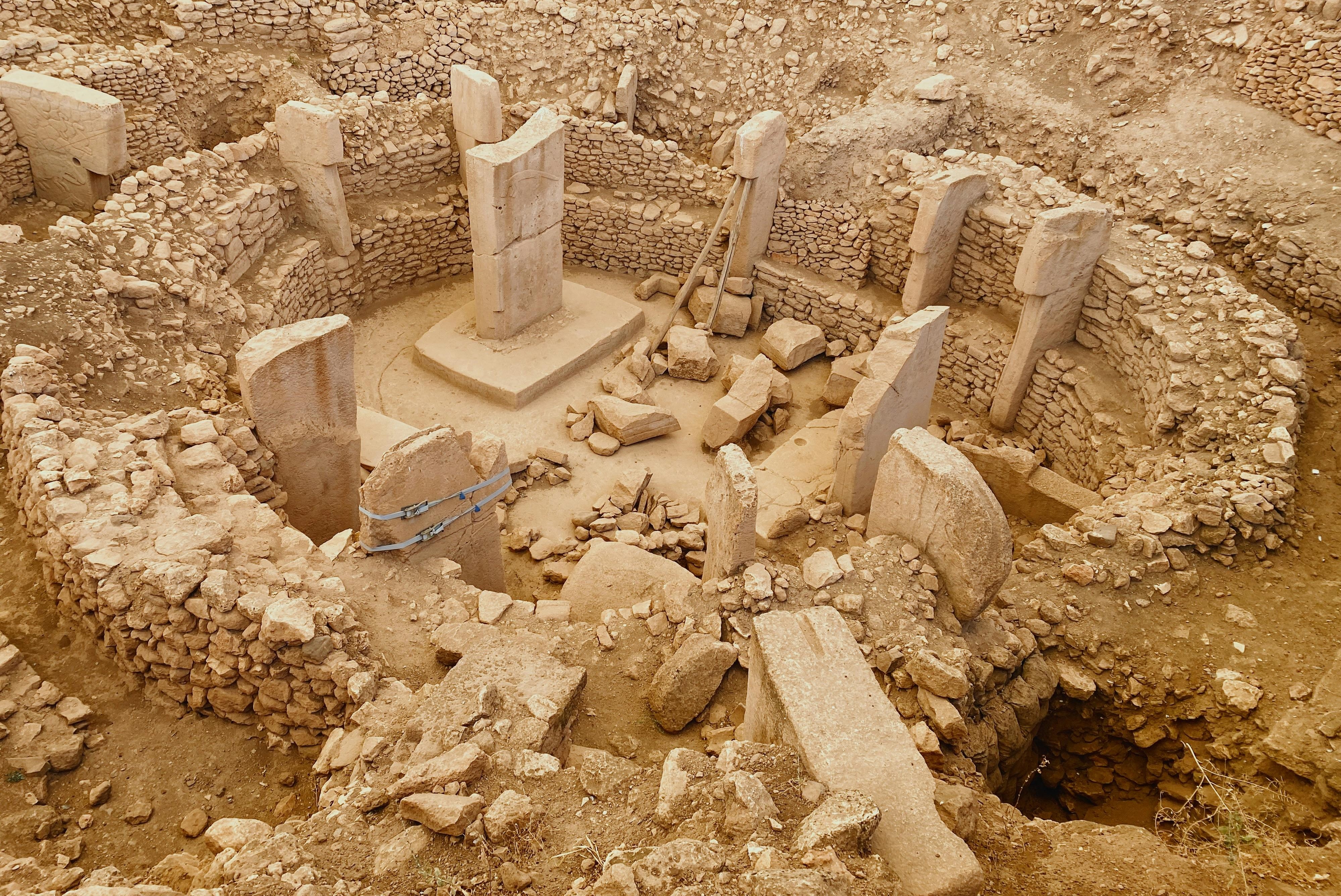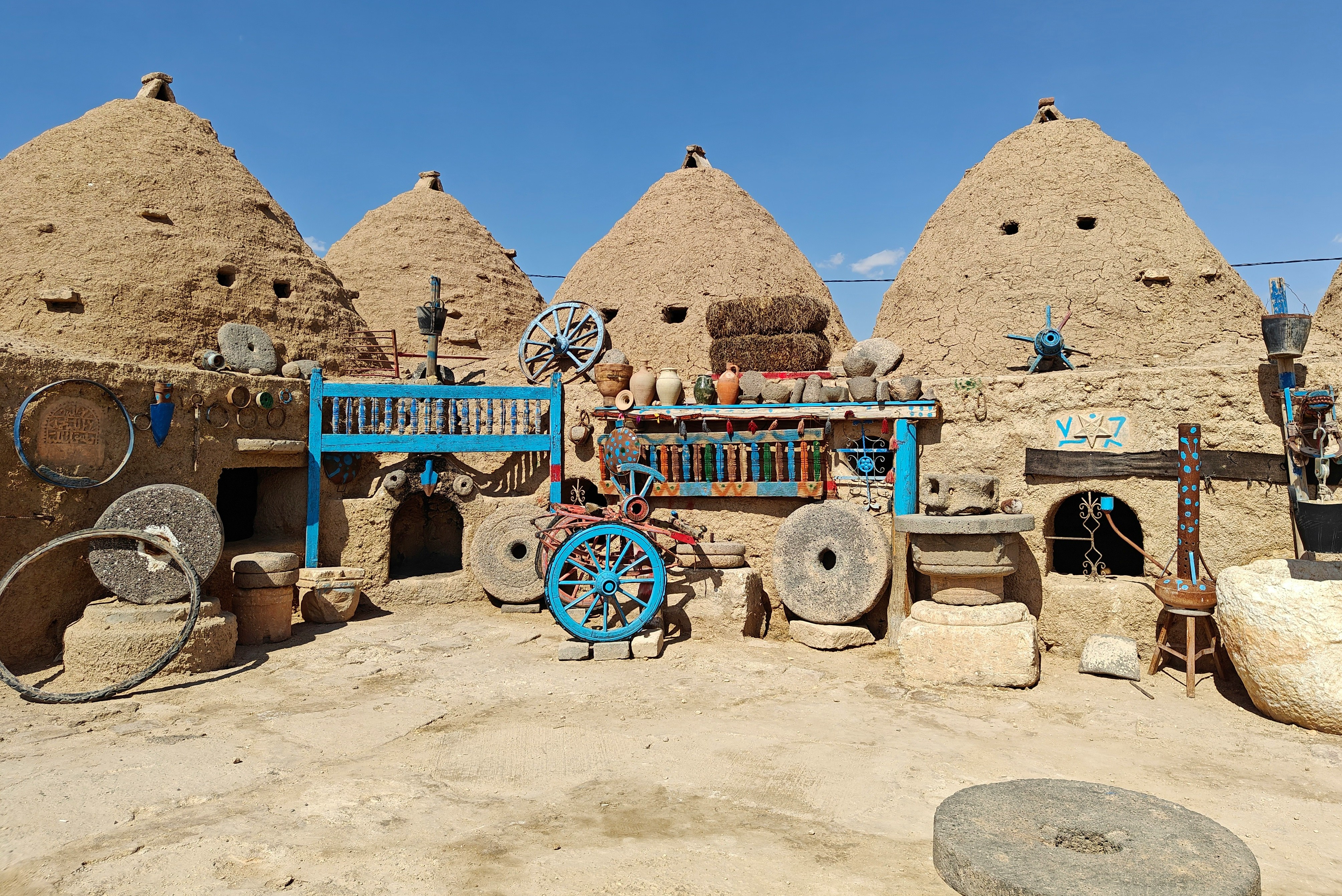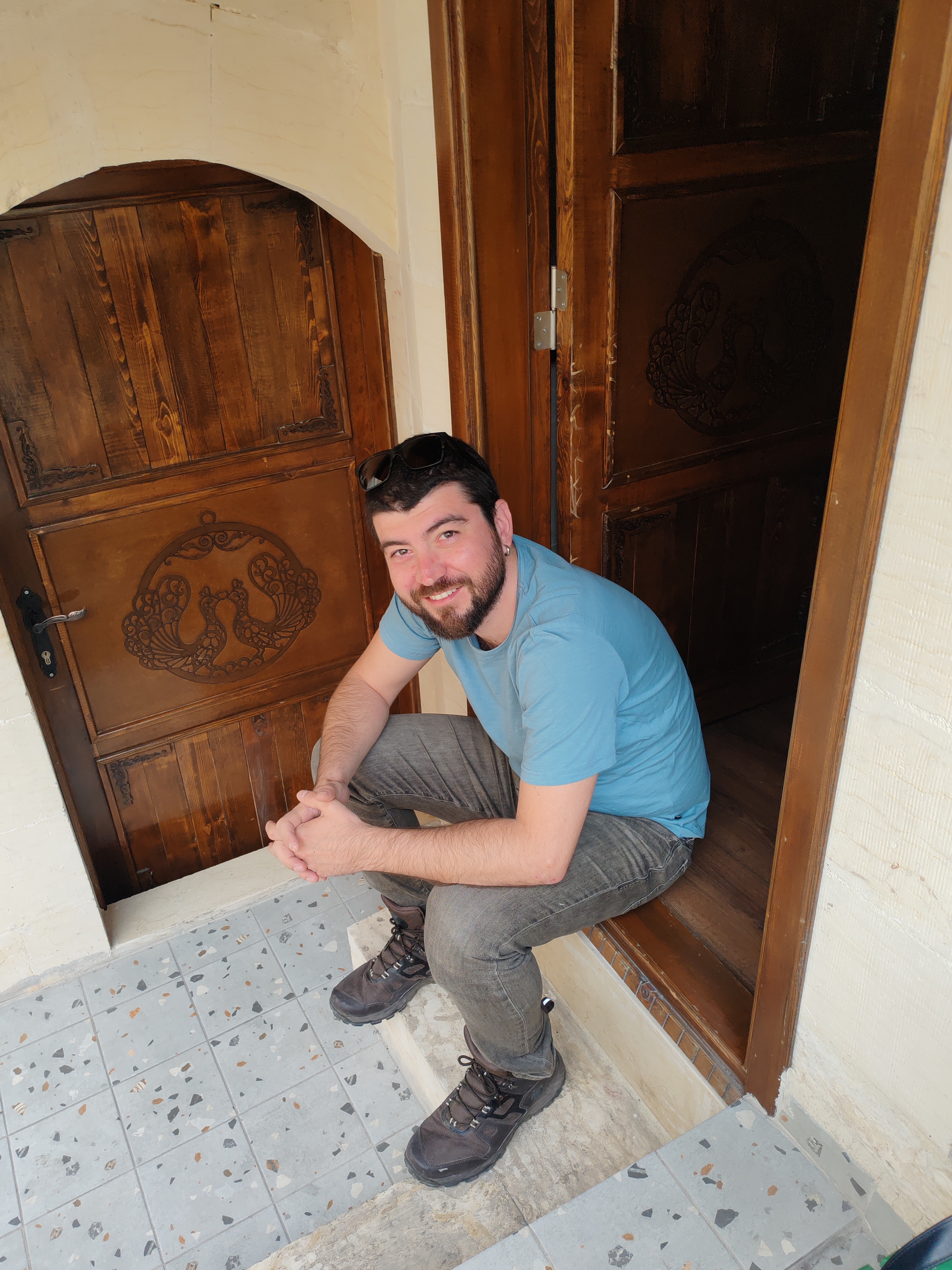
Curator’s statement
Mount Nemrut captivates with its towering stone statues of gods from the ancient Kingdom of Kommagene, glowing in golden light as they silently watch over the mountains. Not far off, Sanliurfa—known as the City of Prophets — offers a rich blend of history and spirituality, with sacred landmarks like the Pool of Abraham and Göbeklitepe, the world’s oldest known temple, which predates the pyramids and Stonehenge by thousands of years and reshapes our understanding of early civilization.
The Fora Difference
Book with Gorkem to access exclusive perks and experiences on your trip.
Killer perks
Free upgrades, spa credits and more—we got you
Personalized recs
Customized travel planning for your style
Insider knowledge
Expert advice from people who’ve actually been there
Where to stay
Unlock perks by contacting Gorkem to book your trip.
Day 1: Royal tombs & sunset at Mount Nemrut

You’ll arrive in Adiyaman with a morning flight, and after a short ride, enjoy lunch in Kahta before beginning your day’s adventure.
After lunch, you may visit the Karakus Tumulus, an ancient burial mound where several members of the Kommagene royal family are entombed, marked by towering columns and impressive stone reliefs. You may also visit the Cendere Bridge, a Roman-era structure spanning the Cendere River. Once you've completed these visits, you may head up to the viewing terrace at Mount Nemrut National Park. First, you’ll arrive at a café near the summit, and from there, it’s about a mile walk to the tumulus where you may see the Eastern and Western Terraces, Zeus-Oramastes, Apollon-Mithras, Herakles-Artaganes, the goddess Kommagene, King Antiochos and the protective Lion-Eagle statues, while enjoying the sunset. The path consists of many wooden steps, but they’re not too steep. If the weather is clear and luck is on your side, an unforgettable view may await you.
Day 2: Sacred sites & ancient wonders

In the morning, you may head to Balıklıgöl to enjoy a morning coffee. For locals, Balikligol is much more than a beautiful spot — it’s a place of deep spiritual and cultural meaning. Believed to be where Prophet Abraham was thrown into the fire by King Nimrod, the lake’s sacred fish are considered untouchable, and harming them is believed to bring misfortune. Surrounded by ancient mosques and peaceful gardens, it’s a place where stories, faith and daily life come together in a setting that’s both tranquil and timeless.
Then, you may visit the Mevlid-i Halil Cave, believed to be the birthplace of Prophet Abraham.
Following the break, you’ll continue your journey by vehicle. Your next stop will be Göbekli Tepe, the world’s oldest known monument, which was added to the UNESCO World Heritage List in 2018. During this visit, you’ll embark on a journey back in time, around 12,000 years ago, to explore the first temples ever built by humankind and this massive sacred area.
After visiting Gobeklitepe, you may return to Şanlıurfa. Following lunch, you may visit the Sanliurfa Archaeology Museum. Here, you’ll explore archaeological artifacts from the Atatürk and Birecik Dam rescue excavations, surrounding settlements and Gobekli Tepe.
Next, you may visit the Haleplibahce Mosaic Museum right next door. After examining the mosaics dedicated to the Amazon women and the great Greek warrior Achilles, you’ll have the chance to see the museum's most prized piece — the Orpheus Mosaic. This rare mosaic, returning to its birthplace after many years, depicts Orpheus playing the lyre surrounded by wild animals.
You may end the day by experiencing a traditional Sıra Gecesi — an authentic Urfa evening filled with live folk music, regional dishes, and local hospitality. Originally a gathering of friends and neighbors who would sit in a circle (sıra) to share songs, poetry and food, it has become one of the city’s most cherished cultural traditions, offering a warm, joyful glimpse into the spirit of Şanlıurfa.
Day 3: Lost cities & living history

After breakfast, you may take a one-and-a-half-hour drive to Karahantepe, one of the most exciting recent discoveries in the world of archaeology. Excavations began here in 2019, and the findings are considered highly significant — potentially complementing the information revealed at Gobeklitepe. After exploring the excavation site and viewing the remarkable artifacts, you may continue on to Soğmatar Ancient City.
At this fascinating site of ancient worship, you’ll visit the Pognon Cave, where the Moon God Sin was once revered. The area also features the Sacred Hill, with rock carvings of gods on the slopes and inscriptions etched into the ground. Additionally, you may explore six square and circular-planned monumental tombs, an inner fortress and numerous rock-cut graves carved directly into the bedrock.
From there, you may head toward Harran, whose name means “the place where roads cross.” Upon arrival, you’ll be greeted by the still-standing Aleppo Gate, part of the city’s ancient walls. Lunch will be served in Harran.
In the afternoon, you may explore the town, often described as a “living museum,” with its warm, welcoming locals dressed in vibrant traditional clothing and its iconic beehive-shaped houses. You’ll also have the chance to visit the Great Mosque of Harran and the Inner Castle (Kale-Saray), two of the most important historical structures in the area.
Following your visit, transfer to the airport for your evening flight back to Istanbul.
Need to know
Culture: Step into a living story
In Şanlıurfa and Adıyaman, you're not just visiting ancient sites — you're stepping into the heart of legends. From the birthplace of Prophet Abraham to the mountaintop sanctuary of the Kommagene Kingdom, every stone holds centuries of meaning.
Dress modestly and be mindful when visiting sacred places like Balıklıgöl and the Mevlid-i Halil Cave. Locals are incredibly warm and often eager to connect, but keep in mind that language barriers can pop up. A smile, a simple "Merhaba," and a little patience go a long way.
Take time for local encounters — sometimes the most memorable moments come from an unexpected tea break or a story shared in a courtyard. And if you want to dive deeper into the history and culture, having a local guide can truly enrich your experience.
Weather: Be ready for the extremes
This region experiences real contrasts — hot, dry days in summer and cool, sometimes windy evenings, especially at higher elevations like Mount Nemrut.
Pack smart: A hat, sunscreen and water bottle are must-haves during the day, while a light jacket or sweater will keep you comfortable after the sun sets.
The best times to visit? Spring and autumn, when the weather is mild, the light is perfect and the crowds are fewer.
Mobility & accessibility: Stay smart on the move
Ancient sites like Göbekli Tepe and Nemrut involve uneven terrain, stone steps and some uphill walking. Wear comfortable walking shoes and take your time exploring.
Travel between major sights can take a while, and public transport is limited, so having a private vehicle or joining a tour will make your trip much more convenient.
Don’t expect perfect phone coverage in remote areas. It’s wise to download maps and key info beforehand — and enjoy the digital detox while you're at it.
Food: Come hungry, leave inspired
Food here isn’t just delicious — it’s part of the culture. From smoky Urfa kebab to spicy çiğ köfte and the sweet, grape-based şıra, local dishes are bold, flavorful and deeply rooted in tradition.
Vegetarian? You’ll still have plenty to enjoy — think lentil soup, salads, mezes, black-eyed pea rolls (lolaz) and stuffed vine leaves. Just be sure to let your hosts know, as meat is often at the center of the meal.

Travel Advisor
Gorkem Suzgun

Get in touch with Gorkem
Did you like this guide? Reach out to customize and book your own experience. Or, just to chat about travel in general.
You can expect a response from Gorkem within 1–2 business days. You’ll also be subscribed to our traveler newsletter (you can unsubscribe at any time).
For more inspiration and insider recommendations, visit our Türkiye page.